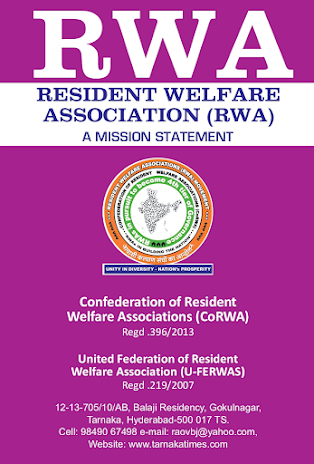Most cities in India are facing a drinking water crisis. A Niti Aayog report released last year predicts Day Zero for 21 Indian cities by next year. Day Zero refers to the day when a place is likely to have no drinking water of its own and Bengaluru, Chennai, Delhi and Hyderabad are among the most susceptible. The government has created a new Jal Shakti ministry to deal with drinking water crisis.
India is the biggest user of groundwater. It extracts more groundwater than China and the US, among the biggest users of groundwater, put together. Groundwater meets more than half of its total requirement of clean water. In 2015, the standing committee on water resources found that groundwater forms the largest share of India’s agriculture and drinking water supply.
India is the biggest user of groundwater. It extracts more groundwater than China and the US, among the biggest users of groundwater, put together.
About 89% of groundwater extracted in India is used for irrigation making it the highest category user in the country. Household use comes second with a 9% share of the extracted groundwater followed by industry which uses only two % of it.
Overall, 50% of urban water requirement and 85% of rural domestic water needs are fulfilled by groundwater. This kind of use has caused a reduction in groundwater levels in India by 61% between 2007 and 2017, according to report by Central Ground Water Board (CGWB), presented in the Lok Sabha last year. The report prepared under the ministry of water resources cited rising population, rapid urbanization, industrialization and inadequate rainfall as reasons for sharp decline in groundwater volume in the country. According to another study by a team from the Indian Institute of Technology (IIT), Kharagpur, and Athabasca University of Canada, Indians use an estimated 230 km3 of groundwater per year - over a quarter of the global total. Based on their study of 3,907 wells across states, they found that North India lost more groundwater than eastern parts during 2005-13 (8.5 km3/year to 5 km3/year). It is estimated that while 81% of all households have access to 40 litres of water per day through some source, about 18% to 20% of rural households in India have connections for piped water supply. This has created a mismatch in water availability and supply. According to the Composite Water Management Index of the Niti Aayog, 75% of households do not have drinking water on premise and about 84% rural households do not have piped water access. Water is not properly distributed where it is supplied through pipes. Mega cities like Delhi and Mumbai get more that than the standard municipal water norm of 150 litres per capita per day (LPCD) while others get 40-50 LPCD. The World Health Organization prescribes 25 litres of water for one person a day to meet all basic hygiene and food needs. Extra available water, according to the WHO estimates, is used for non-potable purposes like mopping and cleaning.
The Jal Shakti Ministry is mandated to deal with water issues including drinking water availability with a holistic and integrated approach. It has already set an ambitious task to provide piped water connections to every household in India by 2024. This is likely to regulate drinking water usage. It will have another challenge, however, to plug leakage of piped water in urban areas. It is estimated that around 40% of piped water in India is lost to leakage.
Wastage of water
Arithmetically, India is still water surplus and receives enough annual rainfall to meet the need of over one billion people. According to the Central Water Commission, India needs a maximum of 3,000 billion cubic metres of water a year while it receives 4,000 billion cubic metres of rain.
India needs a maximum of 3,000 billion cubic metres of water a year while it receives 4,000 billion cubic metres of rain. But it captures only 8% of its annual rainfall - among the lowest in the world. |
But the problem is India is that it captures only 8% of its annual rainfall - among the lowest in the world. The traditional modes of water capturing in ponds have been lost to the demands of rising population and liberal implementation of town planning rules.
India has been also poor in treatment and re-use of household wastewater. About 80% of the water reaching households in India is drained out as waste flow through sewage to pollute other water bodies including rivers and also land.
It is a curious case but the Easement Act of 1882 that gives every landowner the right to collect and dispose ground and surface water within his/her own limits is still in operation. Further, water falls under state list meaning only the state governments can regulate it. Most states have also not passed an enabling legislation to make the Central Model Bill for Ground Water Management in 2011 for states effective. This bill endorses the doctrine that resources meant for public use cannot be converted into private ownership. Almost every single city and village in the country has lost its wetlands, water bodies and even rivers to encroachment to meet the needs of rising population.







0 Comments